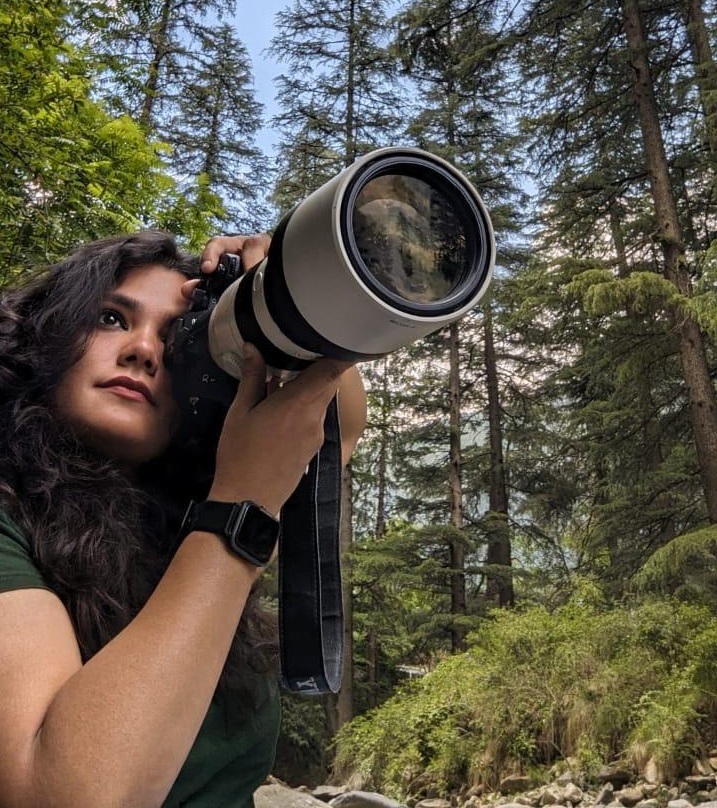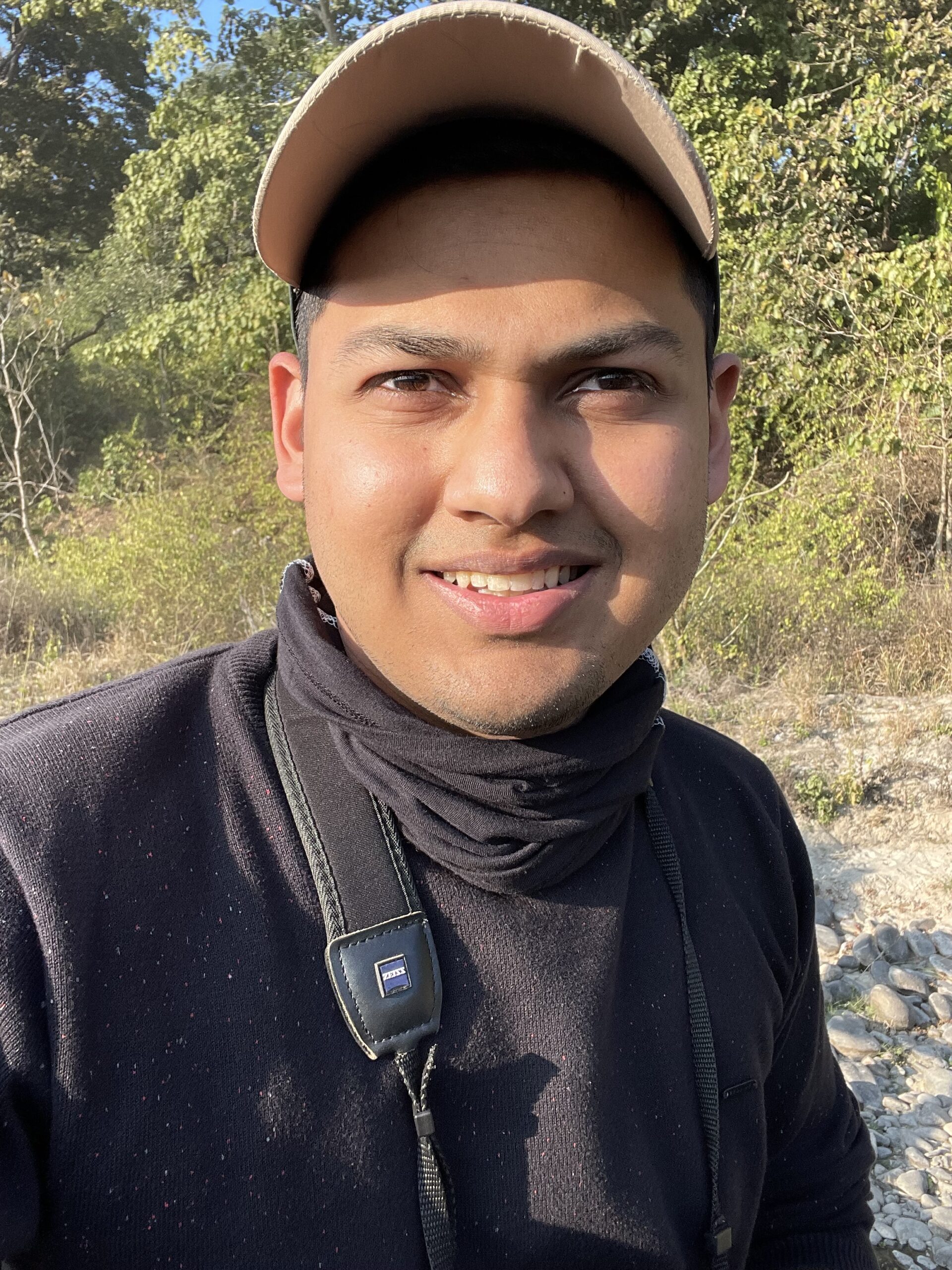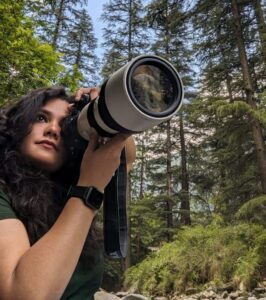Insider’s Guide to Safaris in Bandhavgarh, Tadoba & Corbett Core vs. Buffer Zones Explained
Ethical Wildlife curates small-group, photography-led safaris in India and Africa. They specialise in tiger safaris in Bandhavgarh, snow leopard expeditions in Ladakh, and a multitude of trips that connect travellers with nature, ethically and meaningfully. Their focus is on deep experiences, guided by expert naturalists and photographers, and they hold their journeys to inspire, educate, and respect nature and the wild.
When most people think about an elephant safari in India, they picture quite a different experience, a tiger safari in the jungle – in particular, a sighting of a striped Bengal tiger materializing from the grass. What the majority of travelers do not appreciate is the chance of experiencing a tiger sighting is highly dependent on whether you are in a core zone or a buffer zone of a tiger reserve.
Getting your head around the difference between core and buffer zones is the first step in trying to select the best tiger safari in India. As part of this guide, we will highlight core vs. buffer zones in three well-known tiger parks – Jim Corbett, Bandhavgarh, and Tadoba. Each park has its own experience of untamed wilderness and lesson on the balance of thrill, comfort, and conservation in tiger safari choices.
The best Indian safari packages generally limit small group safaris allowing for a balance of cost efficiency, personalization and sustainability. By choosing the best Indian safari packages that cater to small groups, you have the opportunity for extended wildlife encounters while minimizing your impact on delicate environments.
What Are Core and Buffer Zones?
Tiger reserves in India are divided into two zones:
Core Zone
- This is the main area of protection in the reserve
- Constrained use – human intervention is not encouraged, whether for tourists or locals
- Increased tiger density = increased probability of sightings
- Generally agreeable for tiger tracking in India.
Buffer Zone
- The area outside the core
- Human activities occur such as eco-tourism, farming, and grazing
- Typically, buffer zones are larger areas. Buffers are very important to allow where wildlife can move and be pressure taken off the core.
- Usually quieter, less crowded, and much better for wildlife photography tours in India
When you are planning your India jungle safari packages, knowing what zones your permits are booked for may be the difference between a sneak view of a tiger or you having an encounter of a lifetime.
Jim Corbett Jungle Safari - Asia's First National Park
This is where it all began. Jim Corbett National Park is Asia’s first national park established in 1936 and a proud part of Project Tiger!
Core Zones – Dhikala, Bijrani, Dhela
- These are the best zones for classic Jim Corbett tiger safari sightings
- Landscapes of rivers, sal forests, and grasslands
- Tigers, elephants, gharials, and over 600 species of birds.
Buffer Zones – Sitabani and surroundings
- These are buffer zones located at the outer ring of the park and are famous for trekking trails and birdwatching.
- They are perfect for families looking for the safari feel without the hassle of permit booking for the core zones.
Insider Tip: For first-timers, you can’t beat the diversity of wildlife at Dhikala.
However, if you are looking for a more peaceful encounter, Jim Corbett jungle safari in the buffer zone can be rewarding.
Bandhavgarh Tiger Safari: Density & Drama
While Corbett highlights landscapes, Bandhavgarh highlights density. This park in Madhya Pradesh is known for its density of tigers.
Core Zone: Tala
- The most photographed tiger landscapes in India
- Highest density of tigers per square kilometer
- Ideal for tiger tours in India and also professional photographers.
Buffer Zones: Dhamokhar, Panpatha, and Johila
- Provides good chances to notice leopards, deer, sambar, and birds.
- Rich in wildlife i.e. nilgai, chinkara and other herbivores.
- Provides serene experiences of the natural environment of the park.
Why Bandhavgarh?
This park is the best place to almost guarantee tiger sightings. Many visitors call it the best Indian safari package for tiger lovers. Dedicated shuttercards also say that the buffer zones may be more rewarding due to the diminished vehicle and better angles from lighting.
Tadoba Tiger Safari Packages: Raw Wilderness
Unlike Bandhavgarh, the Tadoba-Andhari Tiger Reserve in Maharashtra is wild and a less commercial experience. It’s the rising safari star in India.
Core Zones: Tadoba, Moharli, Kolsa
- Known for tiger sighting stability.
- Dense bamboo and open meadows grow across the park providing easy hiking in the wilderness, while providing for an exhilarating experience.
- Ideal for more adventurous private tiger safari experience in India.
Buffer Zones: Agarzari, Junona, Devada
- More affordable and less crowded
- Encounter very rare leopards, and sloth bears, and wild dogs!
- Great destination for small group wildlife tours India, wanting exclusivity
Visitors who book Tadoba tiger safari packages typically are wildlife purists – seeking raw, wilderness India off the usual tourist track.
Core vs. Buffer: Which Should You Choose?
So, which is better: core or buffer? The answer depends on who you are.
|
Traveler Type |
Core Zone |
Buffer Zone |
|
First-timers |
Higher chance of tiger sightings |
Less chance of tiger but cheaper, quieter |
|
Photographers |
Classic tiger shots, iconic zones |
Better light, fewer jeeps, unique behavior |
|
Families |
Safer, well-managed routes |
More flexible timings, relaxed pace |
|
Adventure Seekers |
Iconic tiger encounters |
Raw wilderness, offbeat vibes |
The best tiger safari in India usually mixes both, core for sightings, buffer for the unexpected.
Practical Tips for Planning a Safari
If you prefer a more sustainable and intimate experience, small group wildlife tours in India are ideally suited for you. With only 4 – 6 guests per jeep, you’ll have better views, more in-depth personal guiding from naturalists, and wildlife viewing will ultimately be quieter. This type of safari is also the best in responsible wildlife tourism in India, providing for minimal disturbance of the animals
Why Choose Ethical Wildlife Safaris?
At Ethical Wildlife, a safari is more than checking off a “tiger” box. It’s to connect with the forest in an ethical and meaningful way.
- Small group (4-6 guests per jeep) for small group wildlife tours India
- No off-road, no plastic safaris = eco-friendly tiger safari
- Guidance from Indian wildlife photography mentor Sachin Sarbalia
- Support conservation efforts and the local community = sustainable jungle safari India.
This approach offers immersive experiences while ensuring responsible tourism around wildlife in India.
Practical Tips for Planning a Safari
Best Time for Tiger Safari in India: October to June. Summer (March to June) has the best chance at waterholes but can be really hot.
How Many Days for a Tiger Safari: At least 3-4 days per park. This gives you several drives to cover the different zones.
How to Book Tiger Safari Permits: Core zone permits sell out 90-120 days in advance on government portals, with buffers being easier to obtain. If you book with Ethical Wildlife, it is easier.
What to Pack for Tiger Safari: Neutral colored clothes, a long camera lens (300mm+), binoculars, sunscreen, a hat, and ID.
Tiger Safari Safety Tips: Always stay inside the jeep while on safari, avoid wearing bright colors, and keep any noise level to a minimum.
These principles apply whether you are selecting a Bandhavgarh tiger safari, Jim Corbett jungle safari or Tadoba tiger safari packages.
Conclusion
Each park is unique:
Jim Corbett – rivers, elephants, Himalayas as a backdrop
Bandhavgarh – tiger density and dramatic ruins
Tadoba – raw, untamed wilderness
By combining core and buffer zone experiences, you’ll achieve the right mix of tiger spotting (close-in a core) with deeper, soulful, unplanned experiences that happen in a buffer zone. For many travelers, the best Indian safari packages are a juxtaposition of heritage, culture and wilderness with ethical travel. Whether taking a private tiger safari in India, a luxury wildlife tour india or guided wildlife photography tour, one thing is certain, India’s forests still resonate with the enchantment of the wild waiting for you to discover it.
Ethical Wildlife curates small-group, photography-led safaris in India and Africa. They specialise in tiger safaris in Bandhavgarh, snow leopard expeditions in Ladakh, and a multitude of trips that connect travellers with nature, ethically and meaningfully. Their focus is on deep experiences, guided by expert naturalists and photographers, and they hold their journeys to inspire, educate and respect nature and the wild.






 Apoorva Jadon
Apoorva Jadon